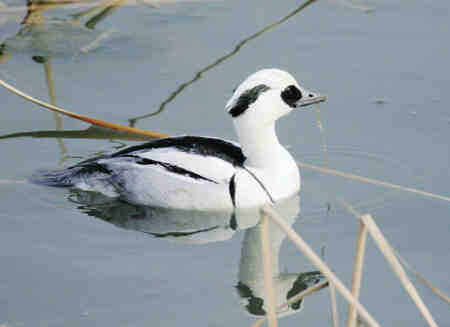
Merganser maculata is Smew, no subspecies.In spring, a large number of March-headed mergansers migrate north from their southern wintering grounds from mid-March to early April, while a small number migrate as late as early to mid-April. Autumn begins to move away from the breeding grounds in early...
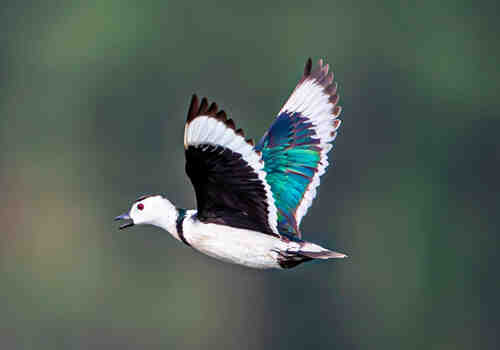
There are two subspecies of Cotton Pygomy-goose.They often live in pairs or in small groups of a few to more than 20 individuals. Sex is more docile. Good swimmer, also good diver, but generally rarely diving. They usually spend most of their time in the water, not going ashore, but sometimes climbi...
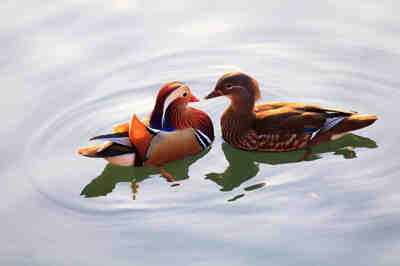
Mandarin Duck, no subspecies.Mandarin ducks migrate to their breeding grounds in the northeast at the end of March and the beginning of April, and leave their breeding grounds in late September and early October. When migrating in groups, often in small groups of 7-8 or more than 10 birds, sometimes...
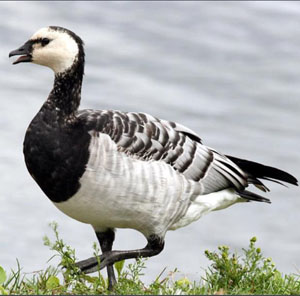
It is a typical cold-water Marine bird of medium size, tolerant of cold, and prefers to live in bays, harbors and estuaries. Good at swimming and diving, flying speed is also very fast, flying speed: 60 to 80 kilometers per hour. Sometimes flying in a diagonal, sometimes in a "V" shape, ve...
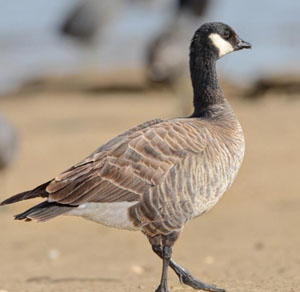
The Lesser American Brant is a North American black goose of the genus Brant of the family Anatidae that breeds in northern and central Canada and Alaska. During migration and during wintering, young brants exhibit social behavior. At this time, individuals and families will mix with the Canadian ba...

There is no subspecies of Whooper Swan.The four kinds of white whooper swans distributed in the northern hemisphere have long been recognized by people. Due to their white feathers, beautiful body, appealing cry and loyal behavior, the white whooper swan is regarded as a symbol of purity, loyalty an...
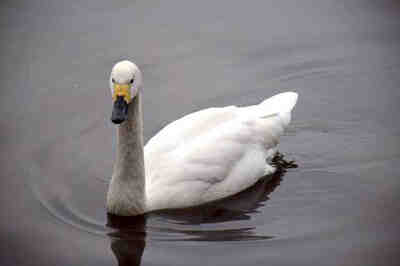
The cygnet, known as Tundra Swan, has three subspecies and is a large waterfowl of the genus Cygnus in the family Anatidae.Cygnets like to cluster, and often show small or family group activities except during the breeding period. They sometimes mingle with whooper swans and move with extreme cautio...
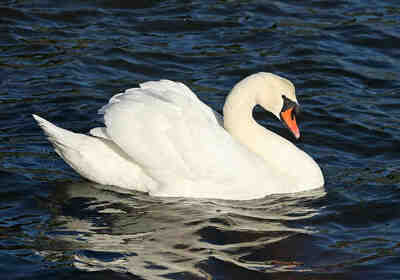
Mute Swan foreign name Mute Swan, no subspecies, is a large swimming bird.Mute swans moved to the south from the end of September to the middle of October for winter, and in the spring, they moved to the north in mid-late February, in small groups and family groups, mostly along lakes, rivers and ot...

Red-breasted Goose (no subspecies) is a small wild goose.Brats like to form groups, but do not mix with other geese and ducks, but live alone in large groups, sometimes up to hundreds of individuals. They had a lively disposition, and when they lived with each other, they were always noisy, extremel...
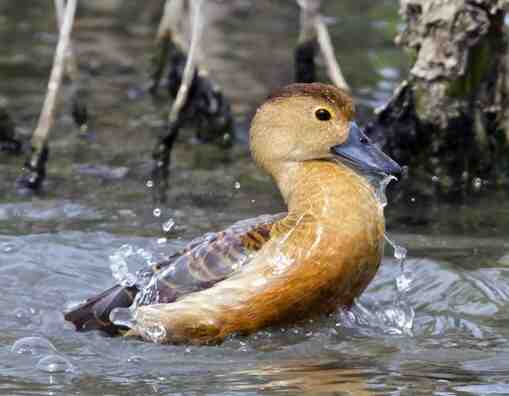
The Lesser Whistling-duck is a small and medium-sized duck with no subspecies.Chestnut duck breeds mainly in the south of China. It is a summer migratory bird in the middle and lower reaches of the Yangtze River. In Yunnan, Guangxi, Guangdong and Fujian regions, some are resident birds, some are sum...
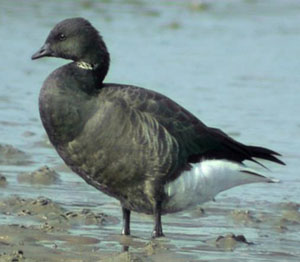
Brants are typical cold-water Marine birds, tolerant of cold, and prefer to live in bays, harbors and estuaries. Don't mix with other species. Flies low near the water surface and lives in coastal harbors during high tides. Foraging on coastal pastures. Mainly to grass or aquatic plants buds, le...

Shoveler ducks often travel in pairs or small groups of 3-5, and can also be seen moving alone. They also gather in larger groups during the migration season. They often move and forage in muddy ponds and shallow waters. They often roam in shallow waters near the water, and are extremely cautious. I...
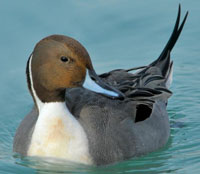
Pintail duck is a medium-sized waterfowl of the class Aves and the family Anatidae, belonging to the family of water ducks. It likes to live in groups, especially in the migration season and winter, often in large groups of dozens to hundreds of individuals. It moves and rests mostly in the waters n...
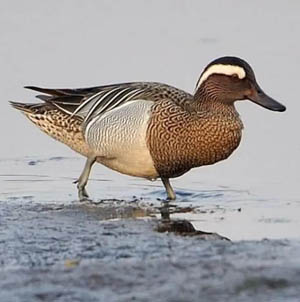
White-browed ducks often move in pairs or small groups, and also gather in large groups during migration and wintering. They are timid and alert, often moving and foraging in places covered by water plants. If there is a sound, they will immediately rush out of the water and rise straight up. They f...
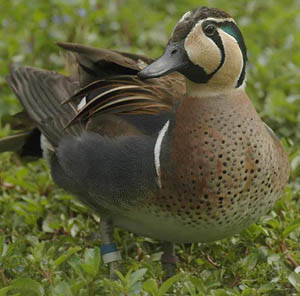
The Mandarin duck is a kind of duck that likes to gather in groups, especially in winter, and often gathers in large groups, and often mixes with other ducks. Individuals are slightly larger than green-winged teals, and slightly smaller than pintail ducks. The voice is noisy, and the call is loud an...
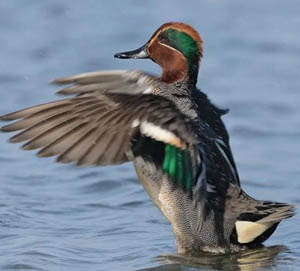
Green-winged ducks like to gather in groups, especially during the migration season and winter, often gathering in large groups of hundreds or even thousands of them. They fly fast, agile and powerful, with fast and loud wings flapping, and their heads stretched forward, often in a straight line or...
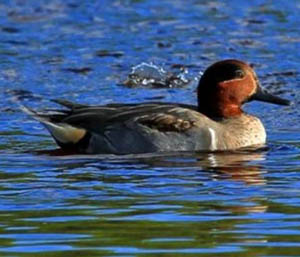
The American Green-winged Duck (Anascaro linensis) was discovered by birdwatchers Philip Hyde and Paul Hyde at Dongtan, Nanhui, Shanghai, and is a new record for Shanghai birds.The American Green-winged Duck inhabits shallow lakes, wetlands, ponds and winding rivers, feeding on aquatic invertebrates...
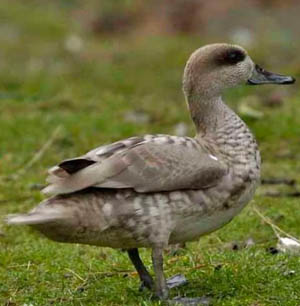
The Clouded Duck often moves in small groups. It often gathers in large groups in some important waters during the non-breeding season. It is active in the early morning and dusk. It spends most of the day floating in the emergent plants or perching on branches that are partially submerged in water....
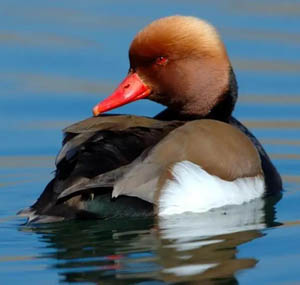
Red-billed Pochards are slow-witted and not very afraid of people. They are not good at calling, and often move in pairs or small groups, sometimes in large groups of hundreds. When resting, they often rest in groups on the sandbanks and islands in the middle of the lake with water plants, and they...
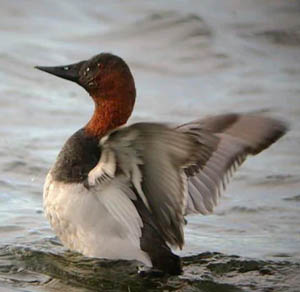
Sailback ducks are migratory birds. They migrate regularly between their breeding grounds and wintering grounds in spring and autumn. They often gather in large groups during migration, forming a "V" formation. They fly at a high altitude and occasionally drift to China.They often move in...